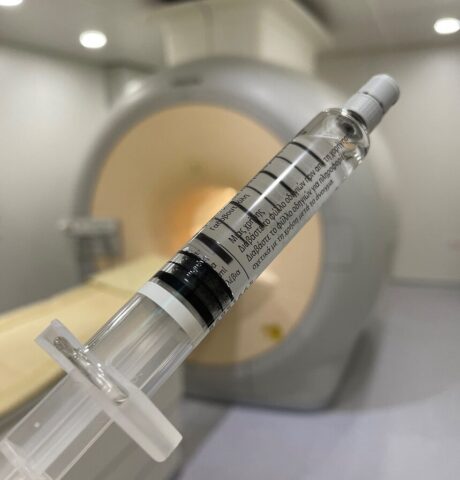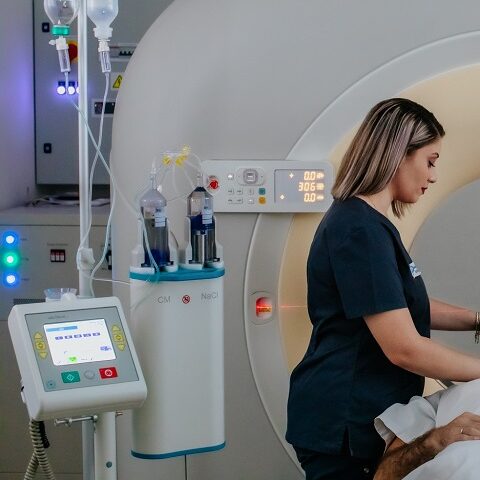Contrast Agents

MRI
The decision to use contrast media is made by the radiologist. However, it is recommended to discuss the administration with the referring clinician, especially in cases that its clinical necessity is questionable. Patients are usually screened for any medical history that precludes the use of a contrast agent, such as allergies, asthma, rash or hemolytic anemia.
Blood tests to check kidney function are not usually required, as the contrast media used in MRI scans do not cause kidney damage.

Computed Tomography
Intravenous contrast is based on iodine and there is always the risk of anaphylaxis and affect renal function. Therefore, blood tests for urea and creatinine are necessary before the administration. As with MRI, the final decision to administer the contrast medium is made by the radiologist.
